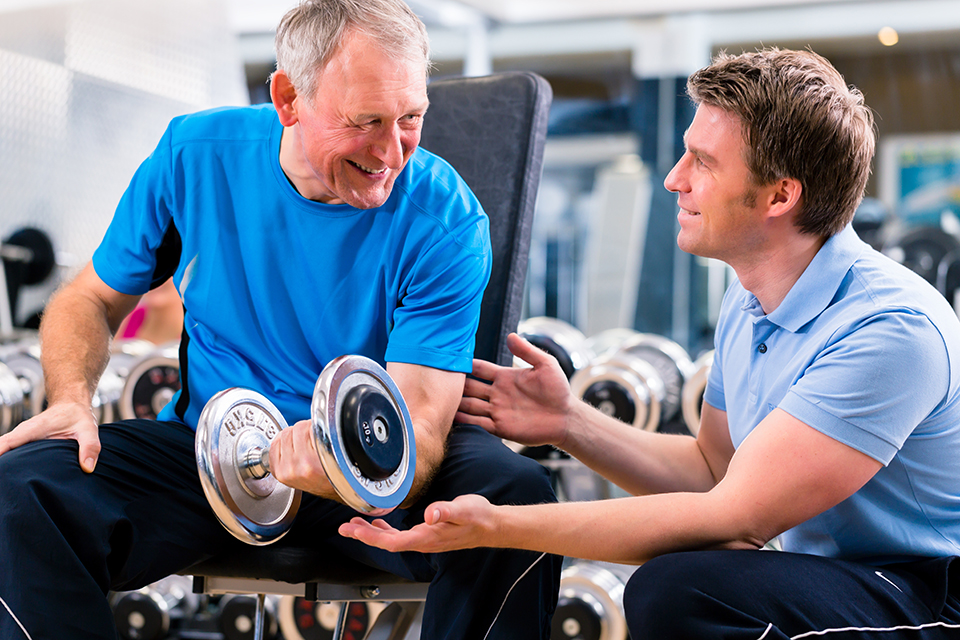The voice in our own heads sometimes makes it difficult to exercise. That voice may tell you to put it off until tomorrow: “This couch is too comfy…you’re too tired anyway!” Sometimes, the voice even tears you down while you’re trying to exercise, saying things like “Come on, one more rep!” when part of you suspects you’re overdoing it; or saying things like “Don’t stop for a drink of water — you don’t want to look weak, do you?” Knowing if you’re doing too little, too much, or just the right amount of physical activity can be incredibly difficult, especially when we hold on to the incorrect notion of “No Pain, No Gain”.
Current Statistics
Out of the adult population in the United States, senior adults are the least active. In fact, 40% of women and 30% of men over age 70 aren’t physically active. These numbers are alarming, because physical activity offers protection against heart disease, diabetes, some cancers — and numerous studies suggest regular exercise can reduce risk of dementia, decline, and frailty, which all lead to loss of independence. Because of this, physical activity should be more of a focus for us all, but especially for the residents we serve.
To get started, walking is the best exercise just about anyone can do!
1) Aerobic Training through Walking
– Can be done up to 5 times a week, 30 minutes a day.
– From there you can progress to using resistance bands, weights and even machines if you have access.
– More vigorous activities that elevate heart rate should be limited to no more than 2 times a week.
2) Resistance Training
– Resistance training can be done up to 2 or 3 times a week.
– You should not feel increased joint pain. (However, muscle soreness and stiffness is common when first starting to exercise after being more sedentary prior to starting a routine.)
3) Stretching
– After doing resistance training or aerobic activities, time should be spent stretching.
– Stretching can be done every day, having benefits such as increased range of motion, muscle tone and decreased joint pain.
Busting the No Pain No Gain Myth
How to know if you’ve pushed you’re body too far, or are doing enough to elicit a training response to improve your body’s performance:
– With resistance training, working your muscles to 10 or 15 repetitions and starting to feel fatigue is a good sign that you have a challenging resistance.
– Muscles that gets sore within a day or two after exercise is also a good sign.
– Important: if you notice an increase of joint pain or restlessness, this may be a sign you are over doing it — the same is also true for cardiovascular activities such as walking, swimming or aerobics.
– Just 20 minutes of activity that elevates your heart rate has many benefits.
For older adults, exercise can be a confusing concept. For much of humanity’s history, no one “exercised”, nor was it significant. However, times have changed — we now have a society with jobs less labor intensive, and more opportunity to interact with technology. Today, people more than ever need to put it in their schedule to be active. A large body of research shows that after retirement, being active is crucial for a better quality of life. Of course, everyone wants quality without effort. But the beauty of exercise is that a even just a little effort can go a long way in protecting and providing a greater quality of life and health.
Kaleb Roudabush, NSCA-CPT | Wellness Coordinator


Comments (0)